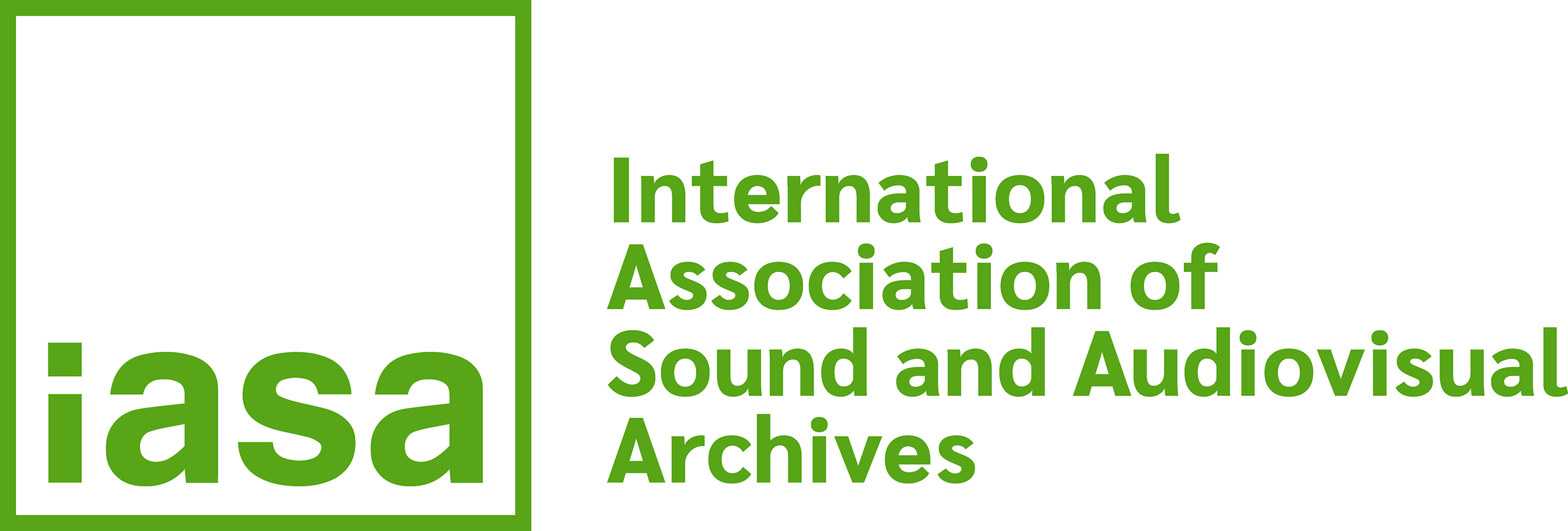4.8 Transport
Transport requires adequate measures against shock, climatic changes, and stray magnetic fields.
4.8.1 Shock prevention. The most shock sensitive carriers are cylinders and shellac records. These require adequate shock absorbing packaging, particularly when carriers are shipped by post or freight. Cylinder packing requires a careful balance between the prevention of any movement inside their boxes, movement of boxes inside outer containers, and appropriate measures for shock absorption. Additionally, attention must be paid to the prevention of elevated temperatures, specifically through unnoticed sun radiation. Because of their importance, transport of cylinders is often entrusted to art transport specialists (4.8.4). Shellac records require a box-in-box packaging. Inner and outer boxes shall be made from strong cardboard, separated in all directions by a layer of styrofoam or similar shock absorbing materials. It is imperative that discs inside the inner box are absolutely tightly packed to prevent any movement against each other. Vinyl discs are less shock sensitive, but an equal level of protection is wise to prevent damage to their covers. The same measures, particularly tight packing, are imperative for magnetic tape on open hubs to prevent any movement within the wind of the tape or movement of the tape pack on the hub or even slipping off the hub.
4.8.2 Heat and humidity. Any transport will expose carriers to climatic conditions outside optimal storage parameters. As a first measure, a method and routing of transport, including seasonal considerations, should be chosen to minimise these risks by avoiding exposure to extreme climatic conditions. Additionally, adequate packing must prevent unavoidable temperature changes and exposure to humidity. A typical threat is moisture penetration of carriers after long periods in cold environments and subsequent exposure to warmer and more humid conditions. Examples include transport in cargo holds of airplanes and landing in hot and humid climatic zones. Countermeasures include the provision of sufficient thermal insulation in the packing material during transport and, after transport, the carriers should be aired to prevent trapping high moisture levels and the temperature allowed to slowly return to normal. Whenever possible, audiovisual carriers should be transported in the cabin of air planes. Transport in unpressurised cargo holds should be avoided whenever possible.
4.8.3 Stray magnetic fields. The magnetic fields produced by metal detectors at airports for checking hand luggage are normally too weak to influence the recorded signals of audio or video tapes. As detectors for luggage to be carried in the hold may produce stronger magnetic fields, it is generally recommended that recorded magnetic tapes be transported as hand luggage. There is no information, however, on possibly dangerous stray magnetic fields with other transport systems, such as electrical railways, subways and buses, or other electrically driven transport machines. Such risks may be very low, as no incidents have been reported that would point to such sources of danger. However, in order to eliminate this risk, it may be advisable to protect magnetic carriers of exceptional value by carrying them in metal boxes of highly permeable materials.
A greater threat, however, may be the increasingly common electrically powered cars. Before concrete measurements of their stray magnetic fields are available, great caution is advised. It is important that tapes should be carried in metal boxes, or the use of such vehicles avoided until more is known about the possible dangers.
4.8.4 Cooperation with specialised transporters. The transport of large quantities of carriers, e.g. the relocation of whole collections, should be jointly planned and arranged with specialists in the field of transport of art treasures.


